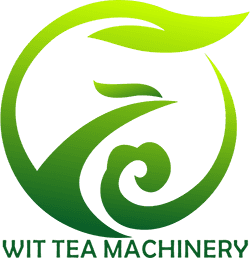It is inevitable to talk about the bubble resistance when drinking tea, but most people will arbitrarily say: “Ancient trees are resistant to bubbles, but shrub tea trees are not bubble-resistant” to determine whether a tea is bubble-resistant, not “Ancient trees are bubble-resistant, It is so simple that the bush tea tree is not resistant to brewing. There are many variables in it. Take the example of broken black tea. It must know that the tea is basically tasteless when it is passed through the water for the second time. Why?
This is not a problem with ancient and shrub tea trees, but because the tea is very broken, the water extract is released very quickly, and it is completely different from the slow release of water extract from whole tea leaves.
Factors that determine the foam resistance of tea.
1. The tenderness and integrity of the leaves
Many tea lovers know that tea with all bud tips is very intolerant to soaking, while one bud and two leaves or three leaves have a higher soaking resistance. The thicker the leaves, the slower the release of old water extract (this involves rolling, below). It will be mentioned); the degree of integrity is as described in the above black broken tea, and the degree of foam resistance is proportional to the degree of integrity.
2. Tea Kneading in the process of making tea
The degree of twisting and rubbing is inversely proportional to the degree of foam resistance. The deeper the degree of twisting and rolling, the more damage to the cell wall of the leaf, the faster the release rate of water extract and the corresponding decrease in the degree of foam resistance. So a machine suitable for tea kneading is very important. For different tea leaves, the pressure time, the rolling time, and the distance between the kneading strips have a great influence on the processing of the tea leaves. Kneading to complete the compact tea leaves makes the tea more resistant to foaming. Our company could supply different types of tea kneading machine for you.
3. The effect of brewing tea on the bubble resistance
There are three main factors here, the ratio of the amount of tea to be injected and the amount of water injected. The less the amount of tea, the more the amount of water injected, the more resistant to brewing, or vice versa, the more resistant to brewing; Anti-foaming; the level of water temperature can also determine whether a tea is resistant to foaming. The higher the water temperature, the lower the degree of foam resistance, and vice versa.
4. Tea tree age and ecological environment
These two indicators are closely related. The age of the tree is not the decisive factor, but the climate and ecological environment. The discussion of tree age must be meaningful under the conditions of the same climate and ecological environment, old trees naturally dominate.
Post time: Jan-13-2022
